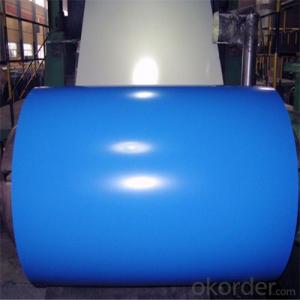Reinforcement is the backbone of any construction project, and when we talk about rebar, we’re talking about the unsung heroes of the industry. These steel bars are the silent strength that holds our buildings and bridges together, and the process of rebar rearing is a fascinating one. Let’s dive into the world of rebar and explore the reinforcement process with a touch of personality and a sprinkle of passion.
The Heart of Reinforcement: Understanding Rebar
Rebar, short for reinforcing bar, is made from steel and is used to strengthen concrete structures. It’s the heart of reinforcement, providing the necessary tensile strength that concrete lacks. Imagine rebar as the lifeline that keeps our structures standing tall and proud, even under the weight of the world.
The Birth of Strength: Manufacturing Rebar
The journey of rebar begins in a manufacturing plant where raw steel is heated, rolled, and shaped into bars of various sizes. It’s like watching a caterpillar transform into a butterfly, but instead of beauty, we’re witnessing the birth of strength. The process is both an art and a science, requiring precision and expertise to ensure the rebar is up to the task.
Rolling Out the Bars: The Rebar Rolling Process
Once the raw steel has been transformed, it’s time for the rebar rolling process. This is where the bars are given their final shape and size. The rolling mill is a symphony of machinery, each part working in harmony to create the perfect rebar. It’s a sight to behold, and it’s easy to get lost in the rhythm of the process.
The Mark of Quality: Marking Rebar
Before the rebar can be used in construction, it needs to be marked with specific information such as size, grade, and manufacturer. This is crucial for ensuring quality and traceability. Think of it as the rebar’s birth certificate, proving its legitimacy and giving it a unique identity.
The Art of Placement: Rebar Laying Techniques
The placement of rebar is an art form in itself. Skilled workers carefully lay the bars in the concrete formwork, ensuring they are positioned correctly to provide optimal strength. It’s like a game of Tetris, but with much higher stakes. Each bar has a specific role to play, and the workers’ expertise is what brings the structure to life.
The Bonding Moment: Tying Rebar Together
To ensure the rebar stays in place during the concrete pouring process, it needs to be tied together with wire. This is a meticulous task that requires patience and precision. The ties are like the threads that sew the rebar together, creating a unified and strong network.
The Final Act: Rebar in Concrete
The moment of truth arrives when the rebar is encased in concrete. This is when the rebar truly comes into its own, becoming an integral part of the structure. The concrete hardens around the rebar, creating a bond that is both beautiful and strong. It’s a sight to behold, and it’s easy to feel a sense of awe and admiration for the process.
The Unsung Heroes: Appreciating the Rebar Workers
Let’s not forget the rebar workers, the unsung heroes of the construction industry. Their dedication, skill, and hard work are what make the reinforcement process possible. They are the ones who bring the rebar to life, and their contribution deserves recognition and appreciation.
The Future of Reinforcement: Innovations in Rebar Technology
As we look to the future, the world of rebar is constantly evolving. New technologies and innovations are being developed to improve the reinforcement process, making it more efficient and sustainable. From self-tapping rebar to advanced concrete mixtures, the future is bright for rebar and the structures it supports.
In Conclusion: A Toast to Rebar
So, here’s to rebar, the silent strength that holds our world together. It may not be the most glamorous part of construction, but it’s the most essential. The reinforcement process is a testament to human ingenuity and the power of collaboration. Let’s raise a glass to the rebar and the people who work with it, for they are the true pillars of our society.

